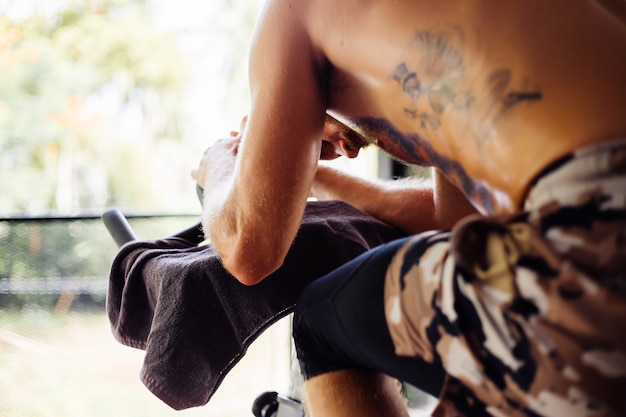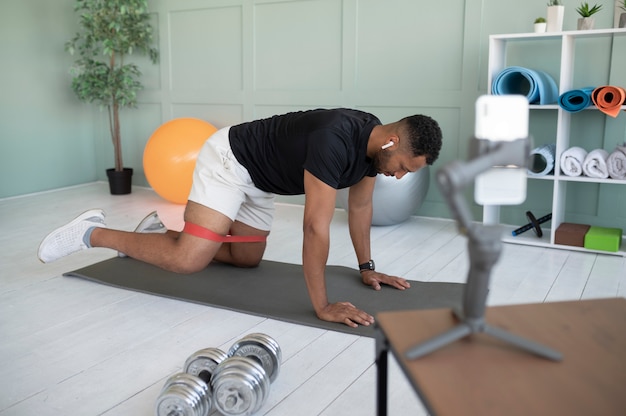Starting a fitness journey can feel overwhelming—especially if you're new to running, walking, or eating healthier. But the truth is, every expert runner or fitness enthusiast started exactly where you are now. With the right guidance, simple weekly targets, and a focus on safety and nutrition, you can build sustainable habits that transform your health.
This beginner-friendly guide walks you through everything you need to know to start running or walking with confidence, eat nutritious foods that fuel your body, and stay safe every step of the way.
Walking and running are two of the most accessible forms of physical activity. They require minimal equipment, can be done almost anywhere, and offer powerful health benefits:
For beginners, starting with brisk walking and gradually incorporating short runs is a proven method to build endurance without injury.

Consistency beats intensity—especially when starting out. Here’s a simple 4-week plan to help you build momentum:
Listen to your body. It’s okay to repeat a week if you feel fatigued or sore. Progress is personal.
Nutrition plays a vital role in how you feel and perform. You don’t need a strict diet—just mindful eating choices that support your energy and recovery.

Staying safe ensures you can keep moving forward. Follow these essential reminders:
Invest in a good pair of walking or running shoes that fit well and provide support. Replace them every 300–500 miles.
Always start with 5 minutes of brisk walking or dynamic stretches. End with 5 minutes of slow walking and static stretches (hamstrings, calves, quads).
Mild soreness is normal. Sharp or persistent pain is not. Rest if needed and avoid pushing through discomfort.
If walking or running outside, wear bright or reflective clothing. Stay alert—avoid headphones or keep volume low to hear traffic and surroundings.
In heat, hydrate early and walk/run during cooler hours. In cold, dress in layers and protect extremities. Avoid outdoor activity during extreme weather conditions.
Use a journal, app, or simple calendar to log your walks and runs. Celebrate small wins—like completing a week or walking an extra block.
Consider finding a walking buddy or joining a local beginner’s group. Community support boosts accountability and makes exercise more enjoyable.
Remember: This journey is about progress, not perfection. Every step counts—literally.
Running and walking aren’t just about fitness—they’re about building a healthier, more vibrant lifestyle. When paired with nutritious eating and smart safety habits, they become powerful tools for long-term well-being.
Start small. Stay consistent. Celebrate every victory. Your future self will thank you.

Fitness

Fitness

Fitness

Fitness

Fitness

Fitness

Fitness

Fitness

Fitness

Fitness

Fitness

Fitness

Health

Fitness

Health

Health